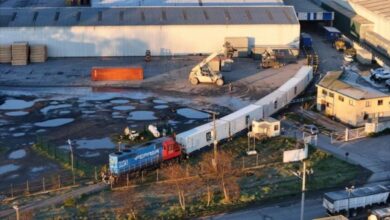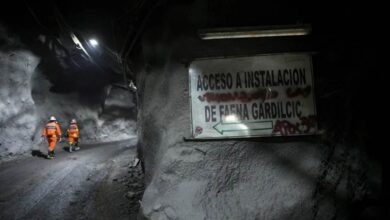The Fight Over Water, Power, and the Future of AI In Chile's Data Desert
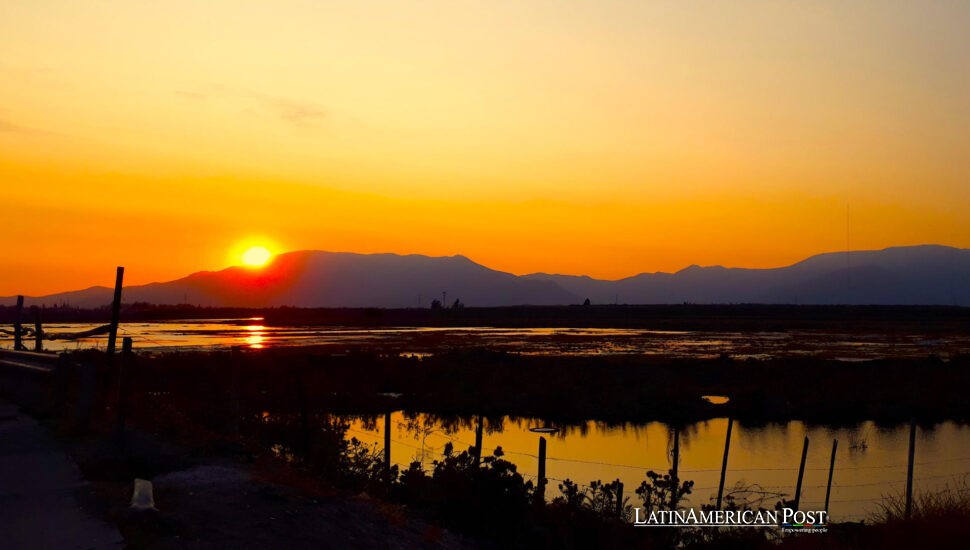
Between Santiago’s high desert sun and its vanishing wetlands, Chile is sprinting to host Latin America’s AI cloud even as neighborhoods demand water, transparency, and real sustainability. Two flashpoints, Cerrillos and Quilicura, expose a national test: can digital growth coexist with climate-stressed ecosystems.
A Data-Center Paradise Meets a Thirsty Country
From a rooftop in Santiago at noon, the future looks frictionless. Far to the north, the Atacama’s blue vault feeds solar fields that stretch like mirrors into the horizon. To the south, Patagonia’s wind fleets scythe air that smells of snow and salt. Submarine cables thread the Pacific and surface on Chile’s coast, plugging the country into North America and Asia. Transmission towers march down the same corridors that once ferried copper and lithium megawatts to smelters and ports. For the companies that feed artificial intelligence’s bottomless appetite for computation, Chile reads like a turnkey promise: energy, fiber, and political stability in one tight bundle.
The arithmetic agrees. By official counts, thirty-three data centers already hum across Chile, most tracing the ring roads of the capital, and thirty-four more are inching through approvals. Industry capacity has jumped fivefold over the past decade to roughly 198 megawatts. Microsoft and Amazon have together pledged about $7 billion in the coming years; Google is building beyond its first Latin American campus. “All a data center needs is cheap energy, water, and land to keep costs down,” researcher Paz Peña told EFE, adding that Latin American governments increasingly “offer some of the world’s richest incentives” to Big Tech. What copper, lithium, and fruit once were —exports embedded in geography —the cloud now promises to be, only lighter and faster, with the same strong Chilean accent.
But every humming server rack is anchored to the same earth that props up the sales pitch. Water is finite and fickle. Aquifers recharge slowly in a warming country where drought has lingered like an unwanted guest. Grid emissions that look green across a calendar can still arrive carbon-heavy at the plug on windless, overcast weeks. And the people who live over aquifers and beneath pylons have learned the grammar of boom cycles too well to be written out of the story. They have seen extractive models before; they know what a “miracle” looks like when it is built without them. This is why Chile’s bid to become the hemisphere’s AI nerve center is colliding with its equally energetic attempt to brand itself a climate leader. The collision has street addresses.
Cerrillos Draws a Line at the Aquifer’s Edge
South of central Santiago, the district of Cerrillos is a working-class chessboard of cinder-block homes, megastores, and highways, with a 23-hectare vacant lot quietly resting atop an aquifer that feeds surrounding neighborhoods. It is here that Google wants to plant its second Chilean data center. It is also where neighbors decided the map would not be drawn without them.
Residents first heard of the project in 2019 and balked at the scale. “Google wanted to extract 169 liters of water per second, about what 18,000 households use, and that was one of our major objections,” said Tania Rodríguez of the grassroots coalition MOSACAT, speaking to EFE. The campaign that followed did not feel like a tech debate; it felt like survival. Petitions, assemblies, filings, neighborhood training on environmental impact statements, four years of small, stubborn steps. In 2023, the company withdrew its original plan and unveiled a redesign that pledged zero on-site water use. “It was a David versus Goliath, but we did it,” Rodríguez told EFE, a fight that vaulted a local aquifer onto a global stage and placed her on a magazine’s list of influential voices in AI.
Behind that headline is the technical grammar that makes communities anxious. Data centers are industrial furnaces. Thousands of servers generate heat that must be plucked away before circuits fail. Traditional evaporative cooling drinks deeply; cutting that water demand often means pivoting to air systems that guzzle more electricity. “An AI data center consumes per day what a city of 10,000 to 50,000 people uses,” Peña told EFE. Journalist Francisca Skoknik, cofounder of Labot.cl, put the trade-off plainly to EFE: “As they consume less water, they consume more energy.” The math feels like a shell game to residents whose taps sputter each February.
Industry leaders argue they see the same equation and are moving to bend it. Francisco Basoalto, president of the Chile Data Centers Association, told EFE the sector is contracting “100% renewable energy” and deploying cooling technologies that “drastically reduce water consumption.” Yet the larger picture remains unsettled. In July, a paper by the U.N. special rapporteur on the human rights to water and sanitation warned that unchecked data-center expansion can threaten aquifers and generate “unsustainable expectations for the future.” In Cerrillos, the disagreement is not only about pipes; it is about power. “This aquifer is a public good,” Rodríguez said to EFE. “A thirsty campus would privatize it, one pipe at a time.”
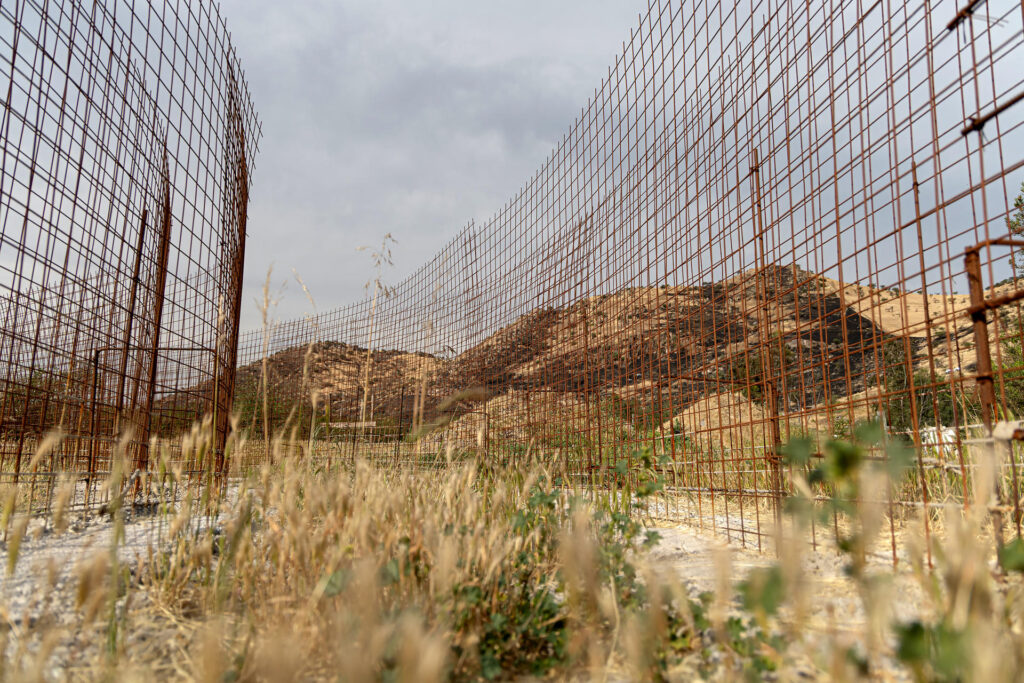
Quilicura’s Wetland and the Costs of the Cloud
Drive north into Quilicura, and the stakes become a landscape. The district, with 275,000 residents, is webbed by ring roads and power lines and hosts at least five operating data centers, with two more from Microsoft and Ascenty in the queue. It also hosts one of central Chile’s most significant protected wetlands: 468 hectares of reeds and open water folding into neighborhoods like a lung. The wetland moderates heat, buffers against floods, supports biodiversity, and replenishes irrigation water. It is infrastructure disguised as scenery.
“There are nineteenth-century maps that show it was a lagoon,” recalled Rodrigo Vallejos of Resistencia Socioambiental Quilicura (RSQ), speaking to EFE. In 2015, Google opened its first Latin American data-center campus here, dug deep into an industrial zone zoned for factories and logistics. The company says the site is “one of the most efficient” in the region. Community groups point to older permits and water-cooling infrastructure as proof that efficiency still depends on a fragile resource. “The aquifers under the center are connected to the wetland,” Vallejos told EFE, warning of “hydric impacts” in an ecosystem that “has been drying over the last decade.”
According to local filings, the company holds rights to extract 50 liters per second — roughly the consumption of 8,500 homes — to keep servers from overheating. In its most recent impact study, Google estimated total water use in 2023 at about 398 million liters, adding that the volume “equates to irrigating less than a single golf course per year.” Vallejos bristled at the comparison. “Quilicura is drying,” he told EFE. “The water table has dropped.”
Neighbors narrate the change in simple weather. “We feel hotter summers, less vegetation cover, water tables that don’t recharge, loss of biodiversity,” said Miguel Mora, a local teacher, in comments to EFE. They also cite the hollowness of some “compensations.” Across from the municipal cemetery below Cerro Colorado, a scrubby parcel was christened Quilicura Urban Forest in 2019, more than a thousand native trees promised as a new lung for the district. Today, weeds knit the paths; irrigation lines hang limp. “It’s hard to access; paths and irrigation are in terrible shape,” Vallejos told EFE. “It was never an effective compensation, because what needed compensating was water to restore the wetland.”
For Peña, such gestures keep corporate images polished, but they also expose a municipal gap. “Local governments aren’t prepared” to demand more or monitor long-term performance, she told EFE. There is a reason centers cluster in places like Quilicura: grid, fiber, and land converge there, and, as Peña told EFE, industrial parks often rise “where the socioeconomic strata are used to being a ‘sacrifice zone,’ where the most polluting industries concentrate.” The phrase predates the cloud, coined to describe Chile’s coal and refinery belts along the coast. But in neighborhoods that carry the same stress, the idea travels easily from smokestacks to server stacks.
Why Communities Push Back
Pushback is not a reflexive rejection of technology. It is the muscle memory of places that have hosted the profits of progress and inherited the costs. Residents see foreign logos glow over districts where schools still ration water and summer blackouts darken streets. They hear “jobs and taxes” and ask how many, how long, and at what price to the aquifer under their feet.
City halls are learning to listen. “We want to know these infrastructures up close,” said Felipe González of Quilicura’s municipal environmental office, speaking to EFE. Authorities, he added, are “concerned” that “negative impacts” could land on the territory. The most challenging questions are also the most basic: How much water is used and when, hour by hour, not marketing-line averages? What happens in drought years? How will the wetland be monitored and restored? Who fixes a failed compensation five years after the ribbon was cut and the press release filed?
In Cerrillos, the demand is ownership. In Quilicura, it is stewardship. Elsewhere around Santiago, it is often transparent. In every case, the ask carries the same subtext: don’t just tell us you’re sustainable —show us, with measurements we can read and projects we can visit after the cameras leave. “It’s not that we reject technology,” Rodríguez said to EFE. “It’s that we want it built with us, not on top of us.”
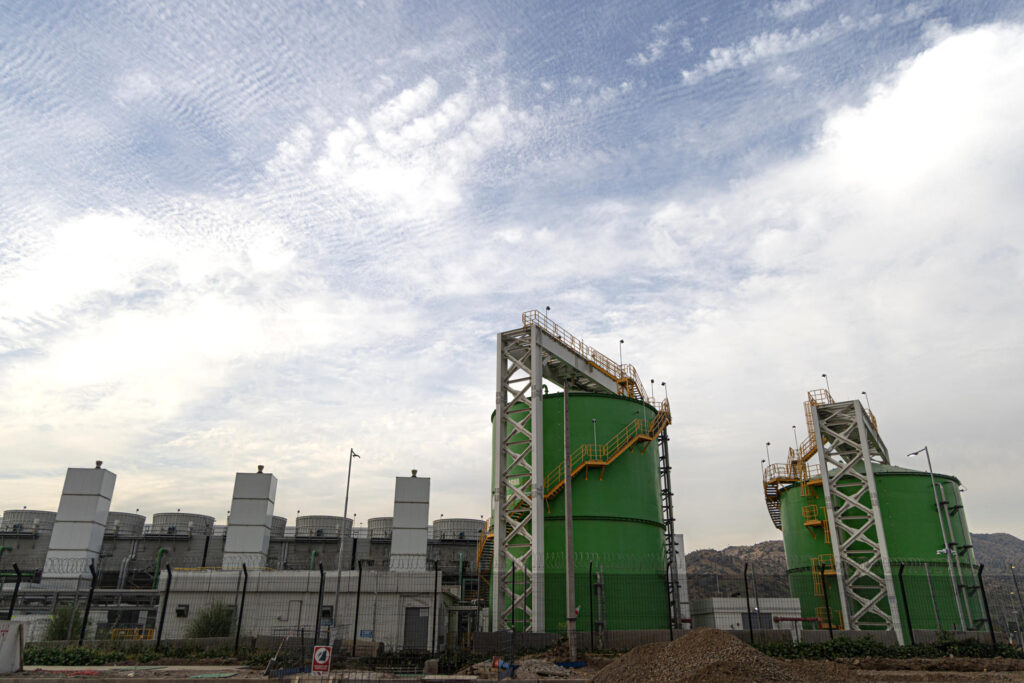
Rules, Deregulation, and the Race for Trust
Policies sprint when politics heats up. In December, the Chilean government unveiled a national strategy for data centers through 2030, promising “sustainable growth” and a friendlier climate for investment. Six months later, it issued guidance to steer new builds away from Santiago toward the Atacama Desert and Magallanes, regions that offer “exceptional natural advantages,” from cool air to vast land, that could ease water stress and improve energy performance. Business groups cheered the moves as clarity: faster processes, regulatory certainty, and the signal that Chile intends to compete for cloud dominance in the hemisphere.
Activists parsed the footnotes. Reporting by LaBot flagged a quieter rule change that reduces environmental controls and information requirements for new data centers. “That deregulation means less transparency, and we may not even know if they build a data center on the corner,” Skoknik told EFE. Industry voices counter that the reforms recognize high standards projects already meet and eliminate bureaucratic drag that delays good infrastructure.
The argument is not academic. Globally, a U.N. rapporteur warned this year, the surge in data-center construction has unspooled “under opaque circumstances, with a lack of transparency, participation and accountability.” Chile promises to do better by design. That means basic disclosure, clear, frequent reporting of water and power use; independent audits; and early warnings when drought triggers higher consumption. It means tying permits to wetland restoration that is funded, measurable, and maintained. It means insisting, where feasible, on closed-loop cooling, non-potable sources, and heat-recovery uses that return value to host communities, greenhouses, district heating, and public pools that literally share the warmth. It means routing more of the cloud’s benefits to the neighborhoods that host its heat, from fiber and lab equipment for local schools to training programs that let residents work inside the very buildings they have the right to scrutinize.
There is also an energy story that can’t be waved away with a certificate. Contracting renewable megawatts on paper is not the same as delivering clean electrons every hour. As Chile nudges data-center load toward the Atacama and Magallanes, it will need storage, flexible demand, and transmission that can push surplus solar south at noon and haul surplus wind north at night. Without that plumbing, “100% renewable” risks becoming a marketing line that covers the same old stress on a grid built for yesterday’s loads.
Chile’s Choice: Extraction or Coexistence
For all the friction, something constructive is emerging. In Cerrillos, a neighborhood forced a redesign to protect its aquifer and, in the process, redrew the horizon of what a community can ask of a trillion-dollar industry. In Quilicura, a wetland’s defenders have put a public price on water that budgets cannot ignore. In ministries, planners are speaking of decentralization not only in economic terms but also in ecological terms. And in industry, the most sophisticated operators understand that they will only win if they earn trust unit by unit, project by project, living up to the promises etched into glossy sustainability reports.
What remains is a decision about what kind of cloud Chile wants to host. If the country repeats the extractive reflex, treating water and wetlands as costs to be socialized while privatizing the benefits, its AI moment will sour quickly. If, instead, it treats digital infrastructure as a civic project built with consent, watchdogging, and intelligent constraint, it could export something rarer than low-latency compute: a model for growing the machines of the future without drying the places that keep us alive.
“Chile can be a place where other countries come to process their data,” Basoalto told EFE. It can also be a place where residents decide how —and at what cost —processing happens. The two are not mutually exclusive. But they require the resource every algorithm consumes and rarely counts: trust. “We need a global dialogue that gives digital infrastructure a more equitable focus,” Peña said to EFE. “The data economy will only be sustainable when its benefits and its burdens are shared.”
Late on a summer afternoon, the Cerrillos lot looks ordinary, a square of weeds waiting for cranes. In Quilicura, the wetland’s reeds loll in the wind beyond a chain-link fence, a cool pulse between concrete and cordgrass. Between those two scenes runs a thread that could redefine Chile’s next decade: the understanding that the cloud is not in the sky. It is built, cooled, and governed right here, on land with a memory and under a sun that remembers every drought.
Also Read: Mangrove Honey, Women’s Work: How Panama and Peru Turn Bees Into a Coastal Shield

